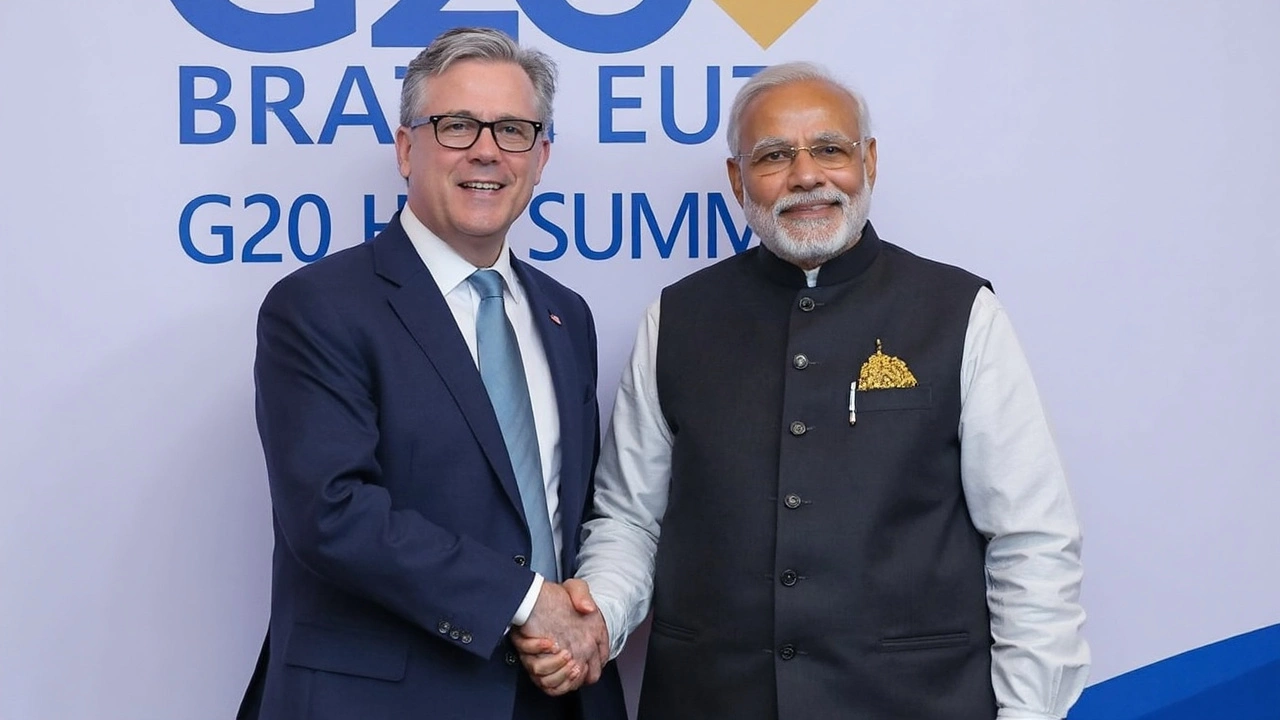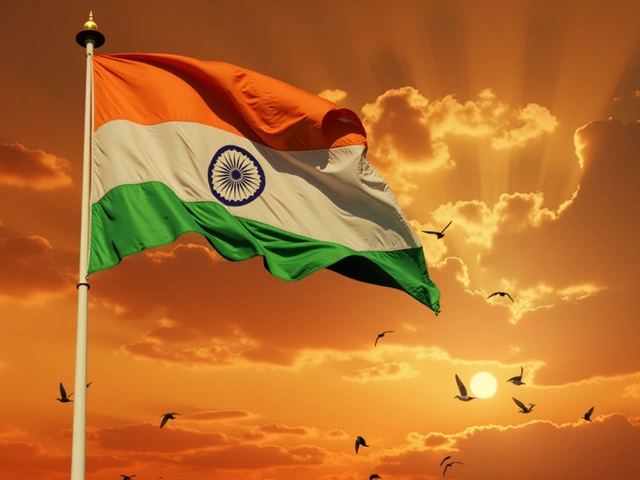Bilateral Trade: Key Updates and Practical Tips
If you’ve been following the news, you’ve probably seen headlines about tariffs, court rulings, and trade rows. All of these stories belong to the same big picture: bilateral trade. In simple terms, bilateral trade is the exchange of goods and services between two countries. When rules change, it can affect the price you pay for a phone, the cost of manufacturing, or even job opportunities.
Let’s break down the most recent events that matter right now, especially for anyone doing business with India or the United States.
Recent Trade Disputes You Should Know
A U.S. appeals court recently struck down most of the tariffs that former President Donald Trump imposed under the IEEPA law. The decision kept a few duties on steel and aluminum but wiped out many others that hit Indian exporters with a 50% levy. This ruling eases some pressure on Indian manufacturers, but the court left the door open for further appeals, so the situation can still shift.
At the same time, the United States announced a fresh 50% tariff on Indian imports, blaming India’s purchase of Russian oil. This move is the highest tariff the U.S. has ever placed on a single country and could push up prices on everything from clothing to electronics. Indian exporters are scrambling to find alternative markets, while import‑dependent businesses in the U.S. are watching their cost sheets closely.
Both stories illustrate how quickly bilateral trade can turn from an opportunity into a challenge. One court decision can lift a burden; a new tariff can suddenly add a heavy one.
How to Navigate Bilateral Trade Changes
First, stay informed. Sign up for alerts from reputable trade portals, follow updates from the Ministry of Commerce, and keep an eye on the U.S. Trade Representative’s website. Knowing when a new duty is announced helps you react before contracts are signed.
Second, consider diversifying suppliers. If you rely heavily on a single country, a sudden tariff can erode profit margins. Look for regional alternatives or even domestic options where feasible.
Third, factor tariffs into pricing early. Instead of adding a surprise cost at checkout, build a buffer into your pricing strategy. This keeps customers from feeling the pinch later and protects your bottom line.
Finally, explore trade agreements. India has signed free‑trade deals with several nations, and the U.S. periodically updates its own agreements. Leveraging these can lower duties and give you a competitive edge.
In short, bilateral trade isn’t just a headline—it’s a daily reality for many businesses. By understanding the latest disputes and taking proactive steps, you can turn potential setbacks into opportunities for growth.
India-UK Free Trade Agreement Cuts Tariffs on 90% of Goods, Targets £25.5 Billion Trade Boost
India and the UK have locked in a free trade agreement after three years of talks, sweeping away tariffs on 90% of traded goods. The deal is set to pump up bilateral trade by £25.5 billion each year and doubles down on sectors like manufacturing, clean energy, and medical devices while making life easier for Indian professionals in Britain.





